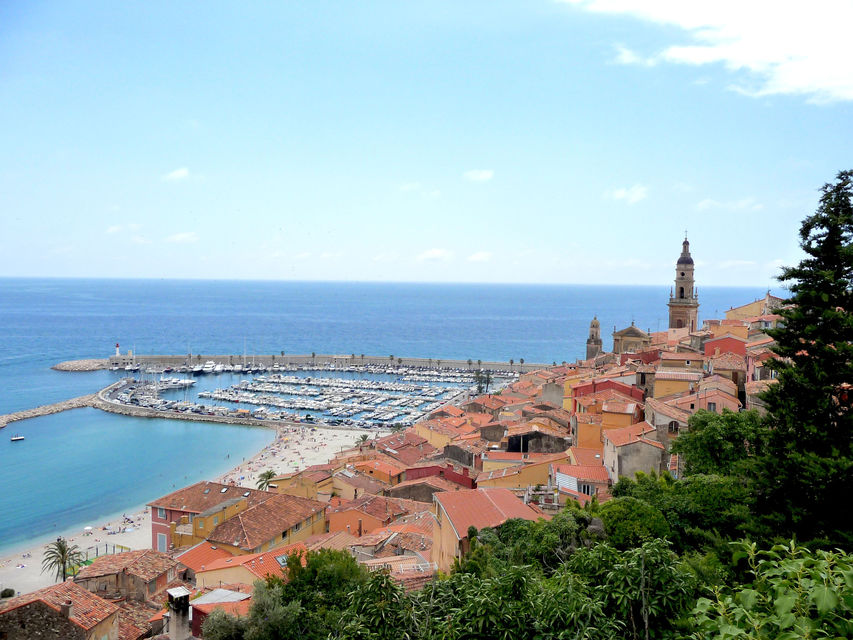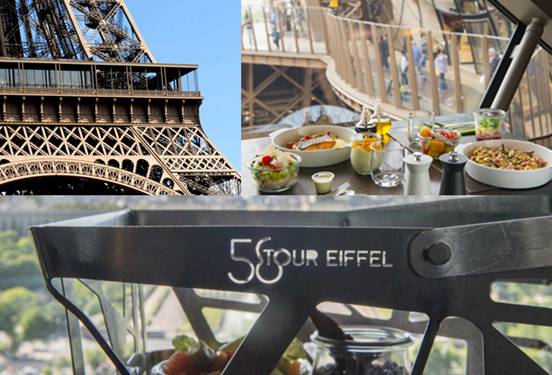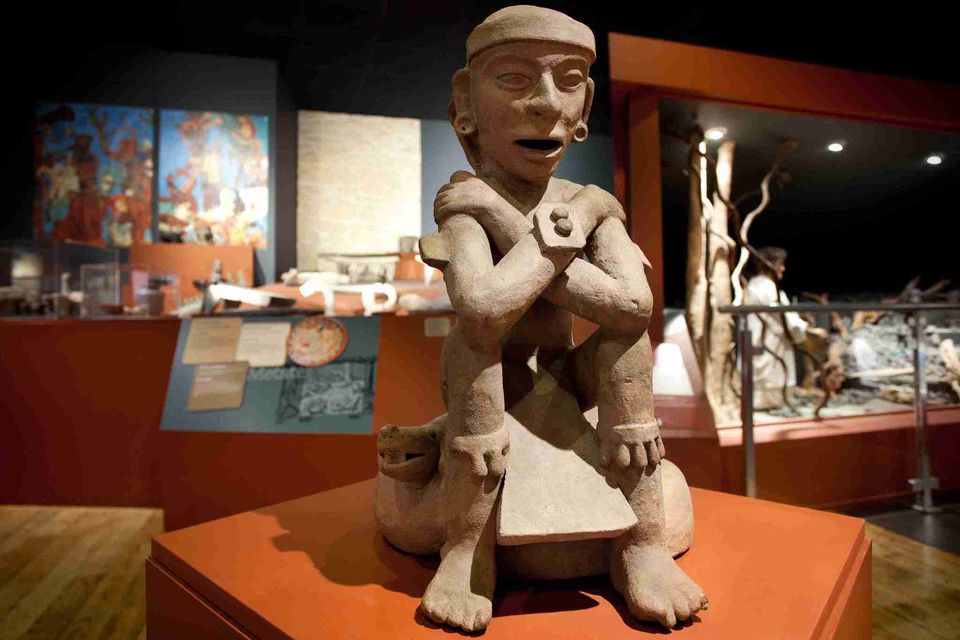
A Journey Through Northern France: From Paris to Normandy and the Loire Valley
This travel guide outlines a comprehensive road trip from Paris, venturing into the heart of Normandy's history and natural beauty, before exploring the majestic châteaux of the Loire Valley and returning to the capital. The route is designed to showcase the diverse landscapes, profound history, and rich cultural heritage of northern France.
Paris: The Start and End Point

Paris, the 'City of Light', needs little introduction. As the capital of France, it is a global center for art, fashion, gastronomy, and culture. Your journey begins and ends amidst its iconic boulevards, world-class museums, and romantic ambiance.
Key Attractions:
The Eiffel Tower: The quintessential symbol of Paris. Consider ascending for panoramic views of the city.
The Louvre Museum: Home to thousands of works of art, including the Mona Lisa and the Venus de Milo.
Notre-Dame Cathedral: While still under restoration after the 2019 fire, its exterior remains a masterpiece of French Gothic architecture.
Montmartre & Sacré-Cœur: A historic artistic neighborhood crowned by the dazzling white basilica, offering another superb vantage point.
Champs-Élysées & Arc de Triomphe: A famous avenue leading to the monumental arch, dedicated to the armies of the Revolution and the Empire.
Practical Information:
Getting There: Served by two major international airports: Charles de Gaulle (CDG) and Orly (ORY).
Getting Around: An extensive and efficient Metro system is the best way to navigate the city.
Accommodation: Options range from luxury hotels near the Champs-Élysées to charming boutiques in Le Marais.
Food & Drink: Enjoy classic bistros, patisseries, and cafes. Try croissants, steak-frites, and escargots.
Giverny: Monet's Living Canvas

A short drive northwest from Paris lies Giverny, the village where Claude Monet lived and worked for over 40 years. This is not merely a museum but the living source of inspiration for his most famous series, the Water Lilies.
Key Attractions:
Monet's House and Gardens: The artist's pink-washed house and his two magnificent gardens: the Clos Normand flower garden and the iconic Japanese Water Garden with its green footbridge and pond.
Musée des Impressionnismes Giverny: Located nearby, this museum explores the history of Impressionism and its American followers.
Practical Information:
Getting There: Approximately 1 hour by car from Paris. Train from Paris Gare Saint-Lazare to Vernon, then a shuttle bus or bike rental to Giverny (5km).
Best Time to Visit: Spring (April-June) when the gardens are in full, spectacular bloom. Open from late March to early November.
Tip: Book tickets online in advance to avoid long queues, especially during peak season.
Étretat: The Alabaster Coast

Driving north to the Normandy coast, you will encounter Étretat, famed for its dramatic white chalk cliffs and natural arches that have captivated artists like Monet and Courbet.
Key Attractions:
The Cliffs and Arches: Walk along the pebble beach to admire the Porte d'Aval arch and the needle-like rock formation. Hike up to the Falaise d'Amont for breathtaking views.
The Golf Course: One of the most scenic golf courses in France, situated atop the cliffs.
Chapelle Notre-Dame de la Garde: A small chapel on the Falaise d'Amont offering a peaceful spot for reflection.
Practical Information:
Getting There: About 1.5 hours drive from Giverny.
Activities: Hiking, golfing, and enjoying fresh seafood at a restaurant overlooking the sea.
Parking: Paid parking is available at the top of the town; it's a short walk down to the beach.
Honfleur: The Painter's Harbor

Further along the coast lies Honfleur, one of Normandy's most picturesque ports. Its old harbor (Vieux Bassin), surrounded by slender, slate-fronted houses, has been a subject for countless artists, including the Impressionists.
Key Attractions:
Vieux Bassin: The heart of Honfleur. Sit at a café and watch the yachts and fishing boats.
Sainte-Catherine Church: The largest wooden church in France, built by shipbuilders in the 15th century.
Eugène Boudin Museum: Dedicated to the local forerunner of Impressionism and his contemporaries.
The Lieutenance: The former Lieutenant's House, which guarded the entrance to the port.
Practical Information:
Getting There: A 30-minute drive from Étretat.
Cuisine: Renowned for its seafood. Try moules marinières (mussels in white wine) and locally produced Calvados brandy.
Accommodation: Charming guesthouses and hotels around the old port.
Caen: William the Conqueror's City

A short drive west brings you to Caen, a city deeply marked by history. It was the power base of William the Conqueror and later suffered heavily during the Battle of Normandy in 1944.
Key Attractions:
Caen Memorial Museum (Mémorial de Caen): A world-class museum that begins with the history of World War II and the D-Day Landings and extends through the Cold War. It is an essential visit for understanding the region's recent past.
Abbaye aux Hommes (Men's Abbey): Founded by William the Conqueror, who is buried here. The attached Saint-Étienne church is a superb example of Romanesque architecture.
Abbaye aux Dames (Women's Abbey): Founded by William's wife, Matilda of Flanders.
Château de Caen: One of the largest medieval fortresses in Western Europe, built by William, offering great views over the city.
Practical Information:
Getting There: About 1 hour drive from Honfleur.
Accommodation: A good base for exploring the D-Day beaches. Offers a wide range of hotels.
Tip: Allocate at least half a day for the Caen Memorial Museum to do it justice.
The Loire Valley: Château Country

The journey now heads south into the "Garden of France," the Loire Valley. This UNESCO World Heritage site is famed for its magnificent Renaissance châteaux, rolling vineyards, and gentle river landscapes.
Key Attractions (Select a few):
Château de Chambord: The largest and most iconic château in the Loire, a masterpiece of the French Renaissance with a famous double-helix staircase attributed to Leonardo da Vinci.
Château de Chenonceau: The "Ladies' Château," elegantly spanning the River Cher. Its history was shaped by a series of influential women.
Château de Cheverny: Known for its exquisite interior decoration and still occupied by the original family. It was the model for Hergé's Marlinspike Hall in the Tintin comics.
Château de Villandry: Renowned for its stunning, intricate Renaissance gardens.
Towns of Amboise & Blois: Charming towns with their own royal castles. Clos Lucé in Amboise was Leonardo da Vinci's final home.
Practical Information:
Getting There: Approximately a 3-hour drive from Le Mans. The valley is spread out, so a car is essential.
Touring: It's impossible to see all châteaux in one trip. Prioritize 2-3 that interest you most.
Cuisine & Wine: Renowned for its wines (Sancerre, Vouvray) and goat cheese (crottin de Chavignol).
Accommodation: 景点门票
蔚蓝海岸法意两国一日游(芒通+意大利利维拉)(2人起订)
Menton and the Italian Riviera: Full-Day Tour from Nice
埃菲尔铁塔浪漫法式午餐
Paris: 3-Course Lunch at 58 Tour Eiffel Restaurant
巧克力博物馆
Paris: Entrance Ticket to the Chocolate Museum









